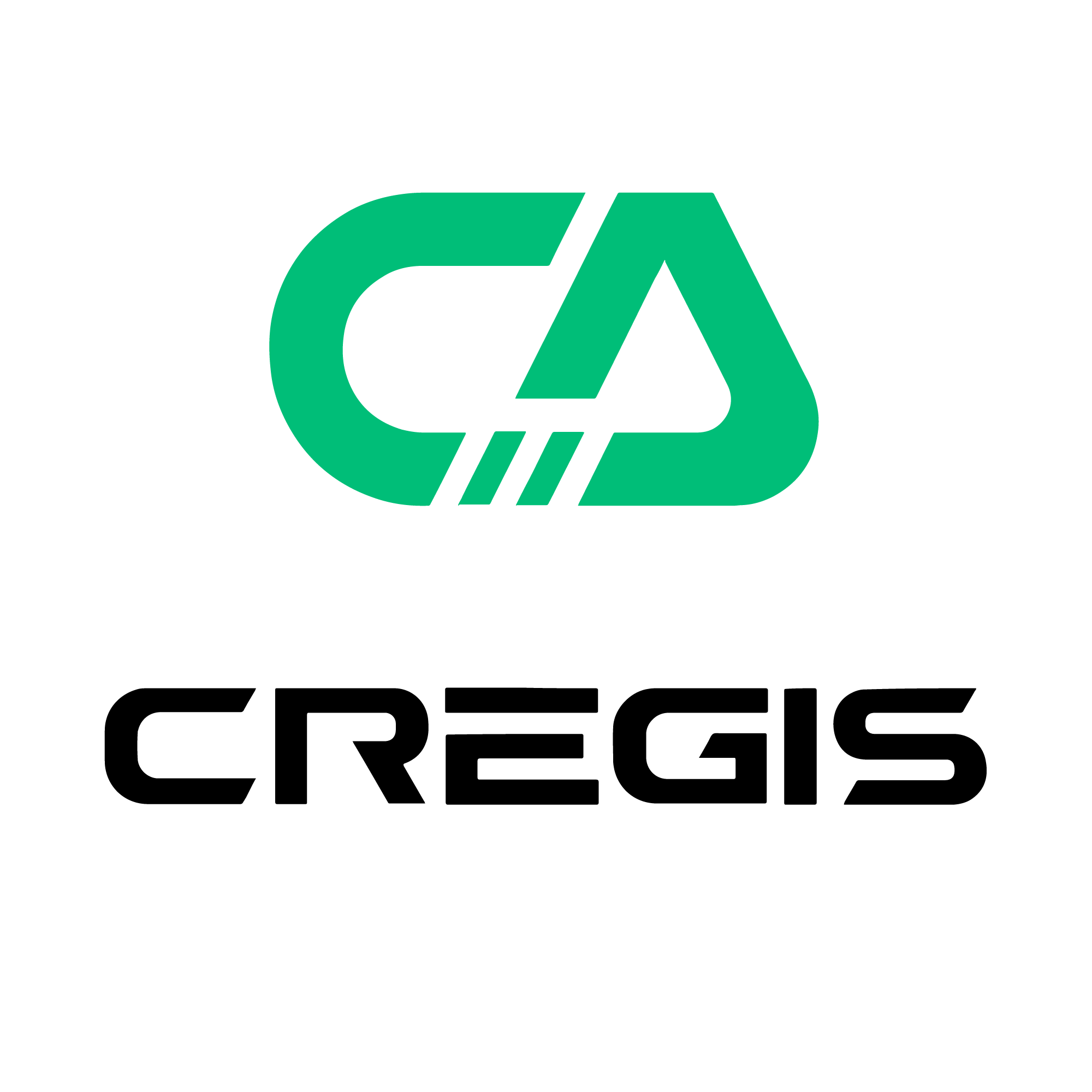A crypto wallet is a tool that lets you store and manage your cryptocurrency securely. It acts as a digital wallet—similar to how you’d store physical cash or cards—but instead, it stores private keys used to sign and authorize transactions on the blockchain.
In this guide, we’ll explore what a crypto wallet is, how it works, the different types available, and how to choose the right one based on your needs.
Key Takeaways
- A crypto wallet stores private keys that allow access to your cryptocurrency.
- Wallets come in many forms—software, hardware, or even paper.
- Wallets can be custodial (managed by third parties) or self-custodial (you control the keys).
- Security is critical: losing access to your private keys means losing your crypto.
- Some wallets support multiple cryptocurrencies and platforms.
Understanding How Crypto Wallets Work
Cryptocurrency wallets don’t actually store coins. Instead, they store the public and private keys that give you access to your digital assets on the blockchain.
- Public Key: Like a bank account number. You share this to receive crypto.
- Private Key: Like your PIN. It must be kept secret—whoever has it can control your crypto.
Most modern wallets generate a 12- to 24-word seed phrase, which you can use to recover your funds if your device is lost.
How Do You Send and Receive Crypto Using a Wallet?
Sending and receiving cryptocurrency using a wallet is simple:
1. Sending Crypto
- Enter recipient’s wallet address.
- Enter amount.
- Approve the transaction using your private key.
- Confirm the network fee and send.
2. Receiving Crypto:
- Share your wallet address or QR code.
- Sender transfers the amount.
- You receive it after network confirmation.
Many wallets today include features like QR code scanning and near-field communication (NFC) to streamline transactions.
Types of Crypto Wallets
There are several types of wallets, each offering different levels of control and security:
1. Custodial vs. Non-Custodial Wallets
- Custodial Wallets: Your keys are stored by a third-party (like an exchange).
Pros: Easier for beginners.
Cons: You don’t control your private keys.
- Non-Custodial Wallets: You control and manage your own keys.
Pros: More secure, decentralized.
Cons: You’re responsible for key security.
2. Hot vs. Cold Wallets
- Hot Wallets: Connected to the internet (e.g., mobile apps, browser extensions).
- Cold Wallets: Offline storage (e.g., hardware or paper wallets).
3. Software Wallets
Installed on desktop or mobile devices. These wallets provide user-friendly access to send, receive, and manage crypto.
- Examples: MetaMask, Trust Wallet, Exodus
- Can support QR/NFC payments
- Often compatible with iOS and Android
4. Hardware Wallets
Physical devices like USB drives that store your keys offline.
- Examples: Ledger Nano X, Trezor
- Considered the most secure form of cold storage
- May include Bluetooth (use with caution)
5. Paper Wallets
Printed documents containing your private and public keys.
- Extremely secure if stored properly
- Risk of damage, loss, or deterioration
How to Keep Your Crypto Wallet Secure
Crypto wallets are prime targets for hackers. Here are best practices for protection:
- Enable 2FA on all platforms.
- Encrypt your wallet with a strong password.
- Keep your private keys and seed phrase offline.
- Avoid public Wi-Fi when accessing wallets.
- Use only trusted wallet providers—malware disguised as wallets is common.
Important: Anyone with access to your private key or seed phrase can steal your crypto.
Crypto Custody: Why Self-Custody Matters
Using a custodial wallet means trusting someone else to store your assets. But what happens if the platform goes bankrupt?
“In the event of bankruptcy, custodially held crypto assets may be considered property of the bankruptcy estate.” — Coinbase, SEC filing
Self-custody wallets (like Cregis’ MPC Wallet) give you full control—no reliance on centralized third parties.
Which Crypto Wallet Should You Choose?
It depends on your needs:
| Use Case | Recommended Wallet Type |
| Daily transactions | Mobile software wallet |
| Long-term holding | Hardware or cold wallet |
| High-security needs | Air-gapped hardware wallet |
| Multi-chain access | Multi-currency software wallet |
Before choosing, read wallet reviews, verify developer reputations, and ensure compatibility with your preferred cryptocurrencies.
Frequently Asked Questions
What is the safest crypto wallet?
A cold, non-custodial hardware wallet with no internet connection is considered the most secure.
Can I recover my wallet if I lose my device?
Yes—if you’ve safely backed up your seed phrase. Without it, recovery is impossible.
Are crypto wallets free?
Many software wallets are free. Hardware wallets typically cost $100–$200.
What happens if someone hacks my wallet?
If they gain access to your private key or seed phrase, your funds can be stolen—permanently.
Final Thoughts
Crypto wallets are essential for managing and securing your digital assets. Whether you're a beginner or seasoned investor, understanding how wallets work and how to protect your keys can make all the difference in your crypto journey.
If you're looking for enterprise-grade, self-custodial wallet solutions, explore how Cregis can help you securely manage assets across chains with tools like our MPC Wallet, Crypto Payment Engine, and TronGas Proxy.
About Cregis
Founded in 2017, Cregis is a global leader in enterprise-grade digital asset infrastructure, providing secure, scalable and efficient management solutions for institutional clients.
Built to solve the challenges of fragmented blockchain systems and asset security risks, Cregis delivers MPC-based self-custody wallets, WaaS solutions, and Payment Engine, featuring collaborative asset control and a compliance-ready ecosystem.
To date, Cregis has served over 3,500 institutional clients globally. Our solutions empower exchanges, fintech platforms, and Web3 enterprises to adopt blockchain technology with confidence. Backed by years of proven expertise in blockchain and security, Cregis helps businesses accelerate their Web3 transformation and unlock global digital asset opportunities.

